Does gold tarnish?
Gold is a precious metal that is highly valued for its beauty and durability. However, like any other metal, gold can tarnish over time. Tarnish is a thin layer of corrosion that forms on the surface of gold, giving it a dull and discolored appearance. In this article, we will explore the causes of tarnish on gold, its effects, factors that can accelerate tarnishing, and ways to prevent and remove tarnish.
Key Takeaways
- Tarnish is a thin layer of corrosion that forms on the surface of gold, giving it a dull and discolored appearance.
- The main causes of tarnish on gold are exposure to air and oxygen, moisture and humidity, and certain chemicals and substances.
- Tarnish can affect the appearance and value of gold jewelry and other items.
- Proper storage, regular cleaning and polishing, and the use of protective coatings can help prevent tarnish on gold.
- Home remedies, professional cleaning, and ultrasonic cleaning are effective methods for removing tarnish from gold.
What is Tarnish?
Definition of Tarnish
Tarnish is a natural process that occurs when a metal, such as gold, reacts with certain substances in its environment. It is a thin layer that forms on the surface of the metal and can alter its appearance. Gold is known for its resistance to tarnish, but it is not completely immune. The presence of certain chemicals and substances can accelerate the tarnishing process.
Causes of Tarnish
Tarnish on gold is primarily caused by oxidation. When gold comes into contact with air and oxygen, a chemical reaction occurs, resulting in the formation of a thin layer of tarnish on the surface of the gold. This process is accelerated in the presence of moisture and humidity, as well as certain chemicals and substances.
To summarize, the main causes of tarnish on gold are:
- Oxidation: Reaction with air and oxygen
- Moisture and Humidity: Increased presence of water vapor
- Chemicals and Substances: Contact with certain compounds
It's important to note that tarnish is a natural process and can occur over time even with proper care and storage of gold jewelry. However, understanding the causes of tarnish can help in preventing its formation and maintaining the shine and luster of gold.
Effects of Tarnish on Gold
Tarnish can have several negative effects on gold. Corrosion caused by tarnish can weaken the structural integrity of gold jewelry, making it more prone to breakage. Tarnish can also dull the shine and affect the appearance of gold, making it look less lustrous and attractive.
In addition, tarnish can cause skin irritation for some individuals. When tarnished gold comes into contact with the skin, it may cause discoloration or rashes due to the reaction between the metal and the skin's natural oils and acids.
To prevent these negative effects, it is important to properly care for and maintain gold jewelry. Regular cleaning and polishing can help remove tarnish and restore the shine and luster of gold. Additionally, storing gold jewelry in airtight containers or using protective coatings can help minimize tarnish formation. Avoiding contact with chemicals and substances that can accelerate tarnish, such as perfumes and lotions, is also recommended.
Remember, keeping your gold jewelry tarnish-free not only helps maintain its beauty but also ensures its longevity and durability.
Factors Affecting Tarnish
Air and Oxygen
When gold comes into contact with air and oxygen, it can start to tarnish. This is because oxygen reacts with the metal, causing a chemical reaction that forms a layer of oxide on the surface of the gold. The presence of moisture in the air can accelerate this tarnishing process. Therefore, it is important to minimize the exposure of gold to air and oxygen to prevent tarnish.
To protect gold from tarnishing due to air and oxygen, it is recommended to store it in airtight containers or jewelry boxes. This helps to create a barrier between the gold and the surrounding air, reducing the contact and slowing down the tarnishing process.
Additionally, avoiding prolonged exposure of gold to humid environments can also help prevent tarnish. Moisture in the air can react with oxygen more readily, leading to faster tarnishing. Therefore, it is advisable to keep gold jewelry dry and avoid wearing it in situations where it may come into contact with excessive moisture.
Moisture and Humidity
Moisture and humidity are two key factors that can contribute to the tarnishing of gold. When gold comes into contact with moisture or high levels of humidity, it can react with the air and other substances present, leading to the formation of tarnish. Excessive moisture can accelerate this process, causing gold to tarnish more quickly.
To protect your gold jewelry or other gold items from tarnish caused by moisture and humidity, it is important to take certain precautions:
- Store your gold items in a dry environment, away from areas with high humidity such as bathrooms or kitchens.
- Avoid wearing gold jewelry while swimming or engaging in activities that involve excessive sweating.
- Consider using anti-tarnish pouches or silica gel packets to absorb moisture and prevent tarnish.
Remember, keeping your gold items dry and protected from moisture and humidity can help maintain their shine and prevent tarnish.
Chemicals and Substances
Chemicals and substances can have a significant impact on the tarnishing of gold. Acids are particularly harmful to gold, as they can cause the metal to corrode and tarnish. Common household chemicals such as bleach, ammonia, and chlorine can all tarnish gold if they come into contact with it. It is important to avoid exposing gold jewelry to these chemicals to prevent tarnishing.
Another substance that can tarnish gold is sulfur. Sulfur compounds, often found in certain foods, can react with gold and cause it to darken and lose its shine. Foods like eggs, onions, and garlic are known to contain sulfur compounds, so it is advisable to remove gold jewelry before handling or consuming these foods.
To protect gold from tarnishing due to chemicals and substances, it is recommended to store it in airtight containers or jewelry boxes. This helps to minimize exposure to air and moisture, which can accelerate tarnishing. Additionally, regular cleaning and polishing of gold jewelry can remove any residue or buildup of chemicals that may cause tarnish.
Tip: When handling chemicals or substances that may tarnish gold, it is advisable to wear gloves to minimize direct contact and prevent transfer of oils and chemicals onto the metal.
Skin Contact
When gold comes into contact with the skin, it can be affected by various factors that can cause tarnish. One of the main factors is the natural oils and acids present on the skin. These substances can react with the gold and lead to discoloration and dullness.
To prevent tarnish from skin contact, it is important to keep the gold clean and dry. Regularly cleaning the gold jewelry with a mild soap and water solution can help remove any oils or residues that may have accumulated. Additionally, avoiding prolonged exposure to water and moisture can also help prevent tarnish.
Tip: It is recommended to remove gold jewelry before applying lotions, perfumes, or any other beauty products that may contain chemicals that can accelerate tarnish.
Preventing Tarnish
Proper Storage
When it comes to preventing tarnish on gold, proper storage is key. Here are some tips to keep your gold jewelry looking its best:
- Store your gold pieces in a cool, dry place away from direct sunlight.
- Avoid storing gold jewelry in airtight containers, as trapped moisture can accelerate tarnishing.
- Consider using anti-tarnish strips or pouches to absorb moisture and prevent tarnish.
Remember, taking the time to store your gold properly can help prolong its shine and luster.
Cleaning and Polishing
Cleaning and polishing are important steps in maintaining the shine and luster of gold. Here are some tips to help you keep your gold jewelry looking its best:
-
Use a soft, lint-free cloth to gently wipe away any dirt or debris from the surface of the gold.
-
Avoid using harsh chemicals or abrasive cleaners, as they can damage the gold.
-
If your gold jewelry has gemstones, take extra care to avoid getting any cleaning solutions on them, as it could cause damage.
-
For stubborn dirt or tarnish, you can use a mild soap and warm water solution to gently clean the gold. Be sure to rinse it thoroughly and pat it dry with a soft cloth.
-
After cleaning, you can use a jewelry polishing cloth to gently buff the gold and restore its shine.
Remember, regular cleaning and polishing will help prevent tarnish and keep your gold jewelry looking beautiful for years to come.
Protective Coatings
Protective coatings are a popular method for preventing tarnish on gold. These coatings create a barrier between the gold and the environment, reducing the exposure to air, moisture, and chemicals. One commonly used protective coating is a clear lacquer, which is applied to the surface of the gold. This coating helps to maintain the shine and luster of the gold while providing a protective layer.
Another type of protective coating is a rhodium plating. Rhodium is a precious metal that is highly resistant to tarnish. By plating the gold with rhodium, the surface is protected from tarnish and maintains its bright white appearance.
It is important to note that protective coatings may wear off over time and require reapplication. Regular maintenance and care are necessary to ensure the longevity of the protective coating and the prevention of tarnish on gold.
Avoiding Certain Substances
When it comes to preventing tarnish on gold, it is important to avoid certain substances that can accelerate the tarnishing process. Chemicals such as bleach, ammonia, and chlorine can react with the gold and cause discoloration. Perfumes and lotions containing harsh chemicals can also have a similar effect. Additionally, it is best to avoid exposing gold to sulfur-containing substances like rubber bands or certain types of paper, as they can cause tarnish.
To keep your gold jewelry looking its best, it is recommended to remove any gold pieces before swimming in chlorinated pools or hot tubs. It is also advisable to take off your gold jewelry before applying any perfumes, lotions, or cleaning products that may contain harsh chemicals. By avoiding these substances, you can help prolong the shine and luster of your gold jewelry.
Removing Tarnish
Home Remedies
When it comes to removing tarnish from gold, there are several home remedies that can be effective. Lemon juice is a popular choice due to its acidic properties, which can help dissolve the tarnish. Simply soak the gold in lemon juice for a few minutes, then gently scrub with a soft cloth or brush. Another option is to create a paste using baking soda and water. Apply the paste to the tarnished areas, let it sit for a few minutes, then rinse and dry. Vinegar can also be used to remove tarnish from gold. Soak the gold in vinegar for a few minutes, then gently scrub with a soft cloth. Remember to always rinse and dry the gold thoroughly after using any home remedy.
Professional Cleaning
Professional cleaning is a highly effective method for removing tarnish from gold. Specialized cleaning solutions and techniques are used by professionals to restore the shine and luster of gold jewelry. The process typically involves ultrasonic cleaning, where high-frequency sound waves create tiny bubbles that gently remove dirt and tarnish from the surface of the gold. After the cleaning process, the gold is carefully inspected to ensure all tarnish has been removed.
Professional cleaning is recommended for valuable or delicate gold items that require extra care. It is important to choose a reputable jeweler or goldsmith who has experience in cleaning gold jewelry. They can provide expert advice on the best cleaning methods and products to use for specific types of gold.
If you have valuable gold jewelry that has tarnished, consider taking it to a professional cleaner for a thorough and safe cleaning process.
Ultrasonic Cleaning
Ultrasonic cleaning is a highly effective method for removing tarnish from gold. This process involves using high-frequency sound waves to create tiny bubbles in a cleaning solution. These bubbles then implode, creating a scrubbing action that helps to dislodge dirt and tarnish from the surface of the gold.
One of the advantages of ultrasonic cleaning is that it can reach areas that are difficult to clean by other methods. The tiny bubbles can penetrate into small crevices and remove tarnish from intricate designs or hard-to-reach areas.
It is important to note that not all types of gold jewelry are suitable for ultrasonic cleaning. Delicate pieces, such as those with gemstones or pearls, may be damaged by the intense vibrations. It is always best to consult with a professional jeweler before using ultrasonic cleaning on your gold jewelry.
Table:
| Pros | Cons |
|---|---|
| Highly effective | Not suitable for all types of gold jewelry |
| Reaches difficult areas | May damage delicate pieces |
Note: The table above is a general overview and may vary depending on the specific circumstances.
Conclusion
In conclusion, gold is a highly durable and resistant metal that does not tarnish easily. Its unique properties make it a popular choice for jewelry and other valuable items. However, it is important to note that gold can still be affected by certain chemicals and environmental factors, so proper care and maintenance are necessary to ensure its long-lasting shine and beauty.
Frequently Asked Questions
Does gold tarnish easily?
Gold is a noble metal and is resistant to tarnish. However, it can still tarnish under certain conditions.
What causes gold to tarnish?
Gold tarnishes when it comes into contact with substances such as sulfur compounds, chlorine, or certain acids.
Can tarnished gold be cleaned?
Yes, tarnished gold can be cleaned using various methods such as home remedies, professional cleaning, or ultrasonic cleaning.
How can I prevent gold from tarnishing?
To prevent gold from tarnishing, it is important to store it properly, avoid contact with certain substances, and regularly clean and polish it.
Is gold plating more prone to tarnish?
Gold plating is more prone to tarnish compared to solid gold, as the plating layer can wear off over time.
Can I wear gold jewelry in the shower?
It is generally recommended to remove gold jewelry before showering, as exposure to water and soap can contribute to tarnishing.
Best Sellers












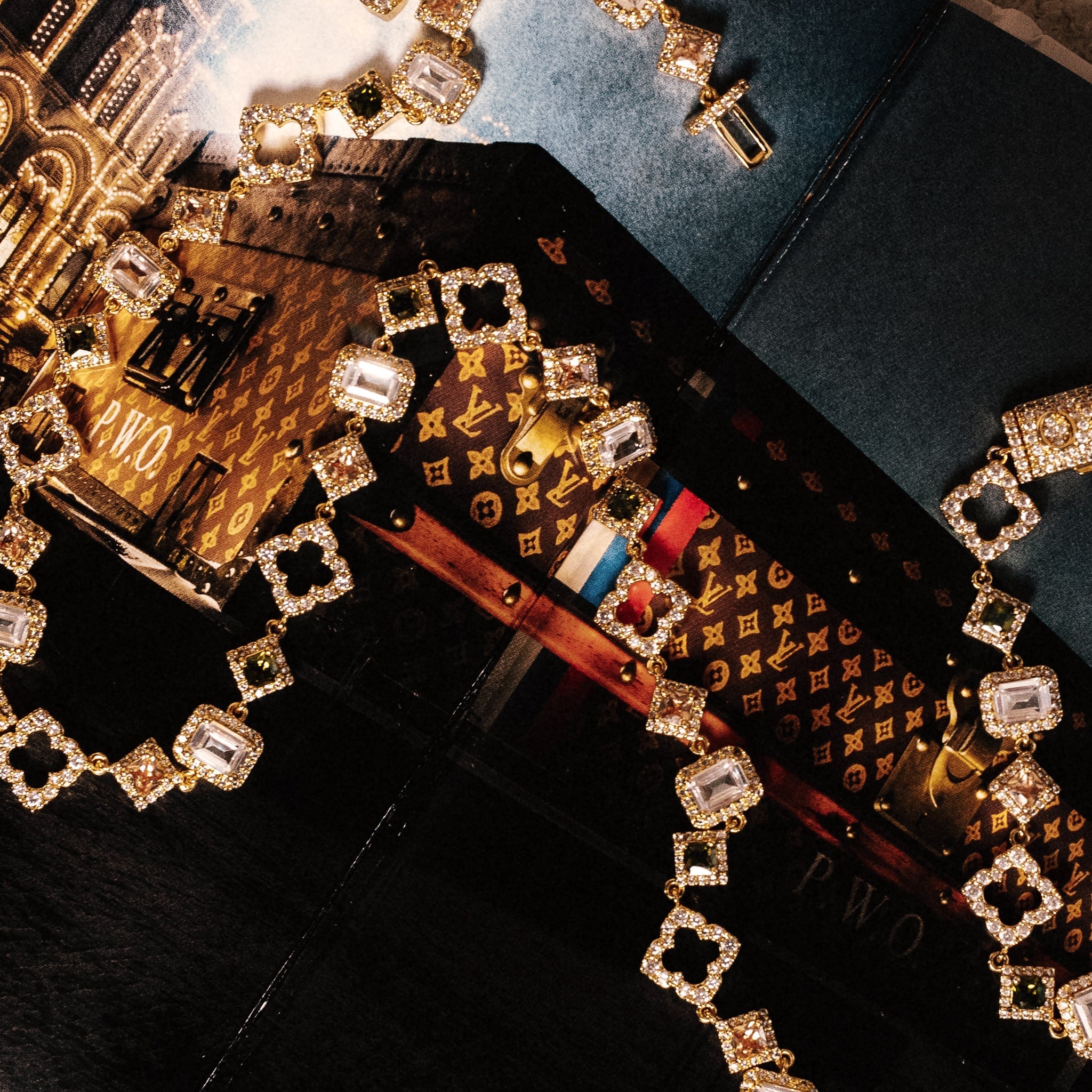

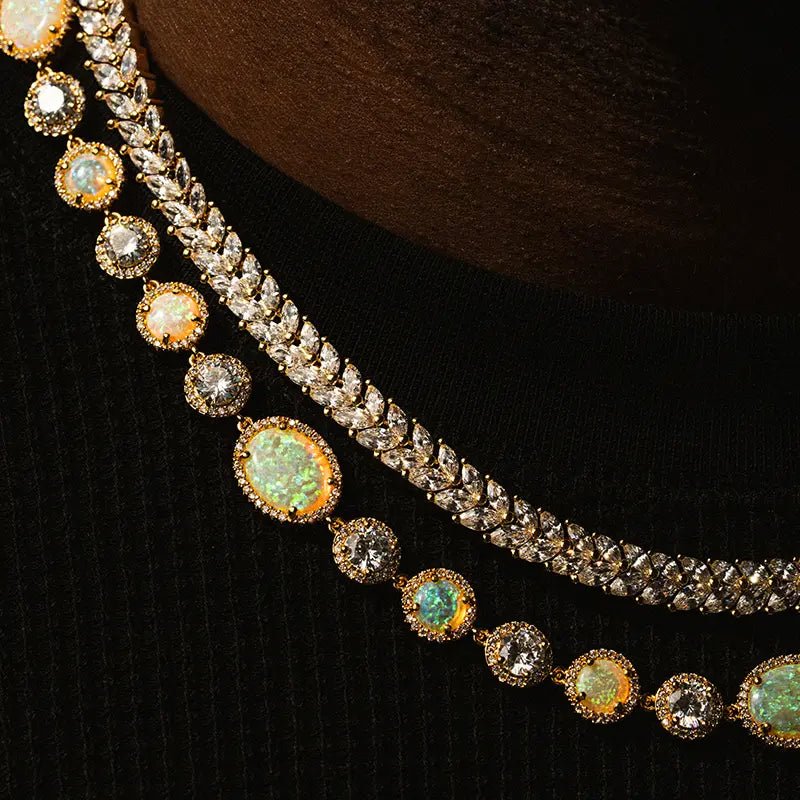
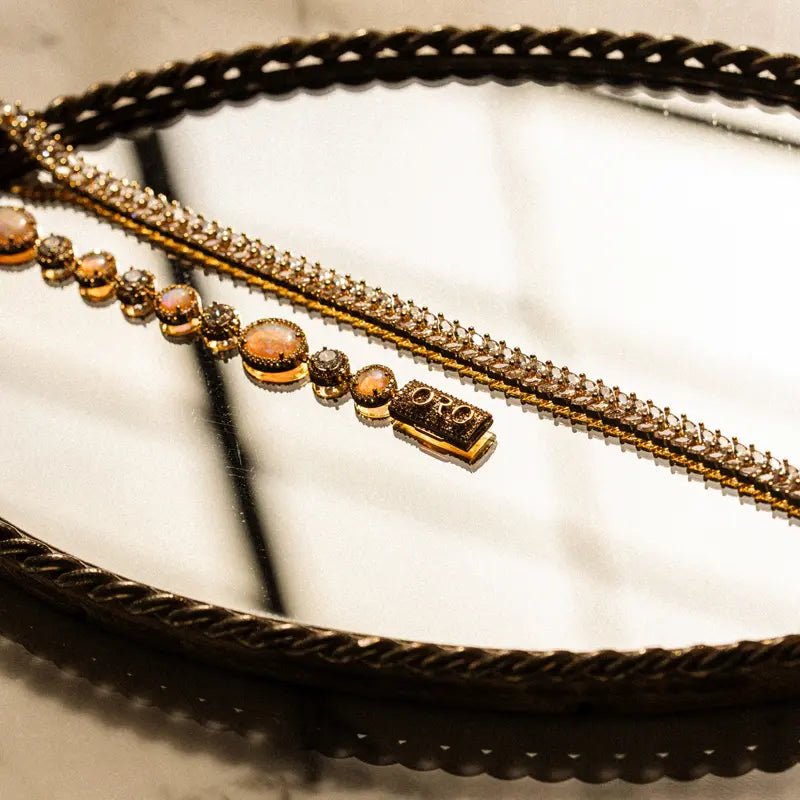
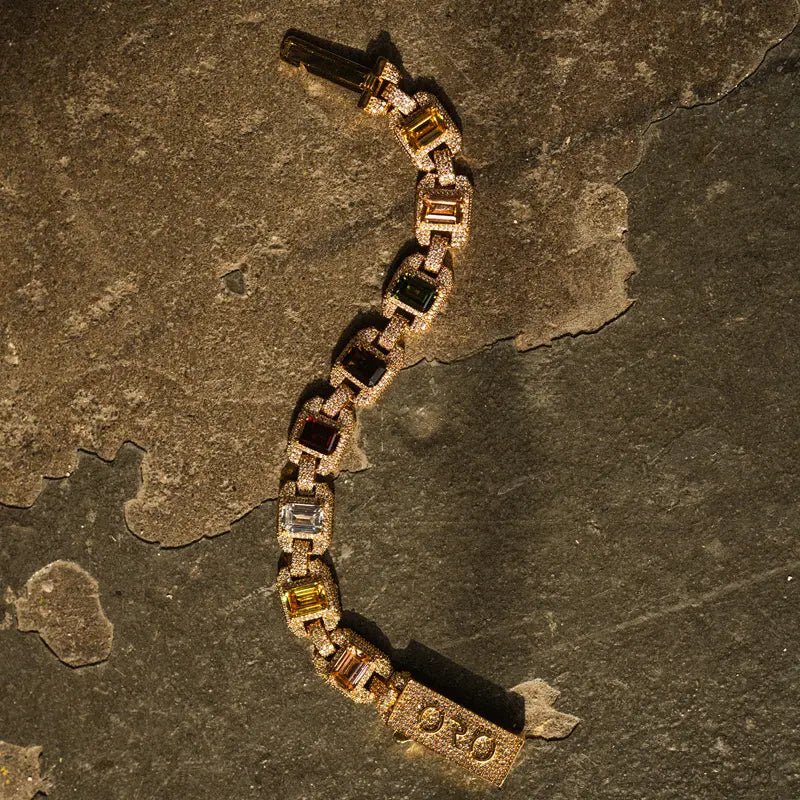




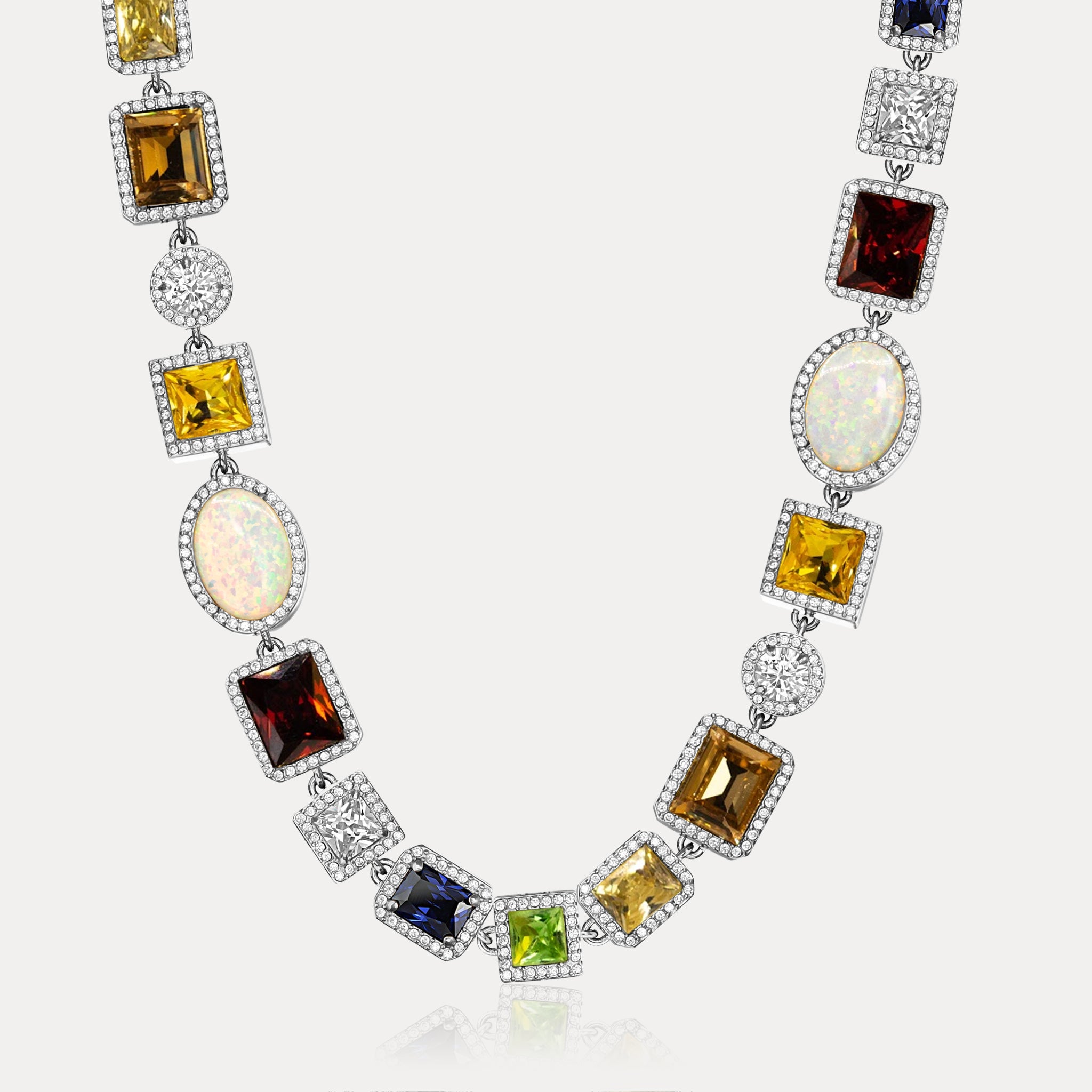
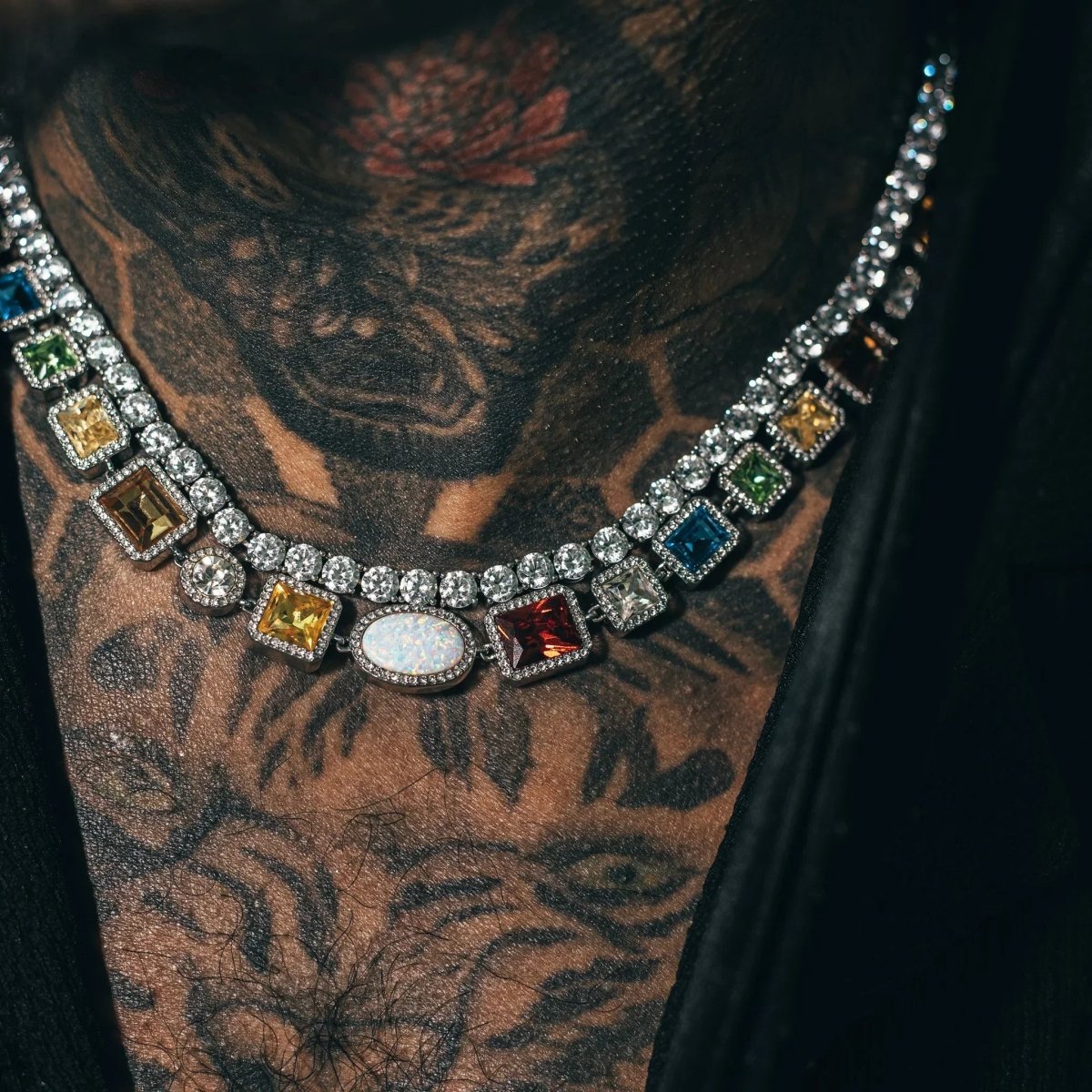
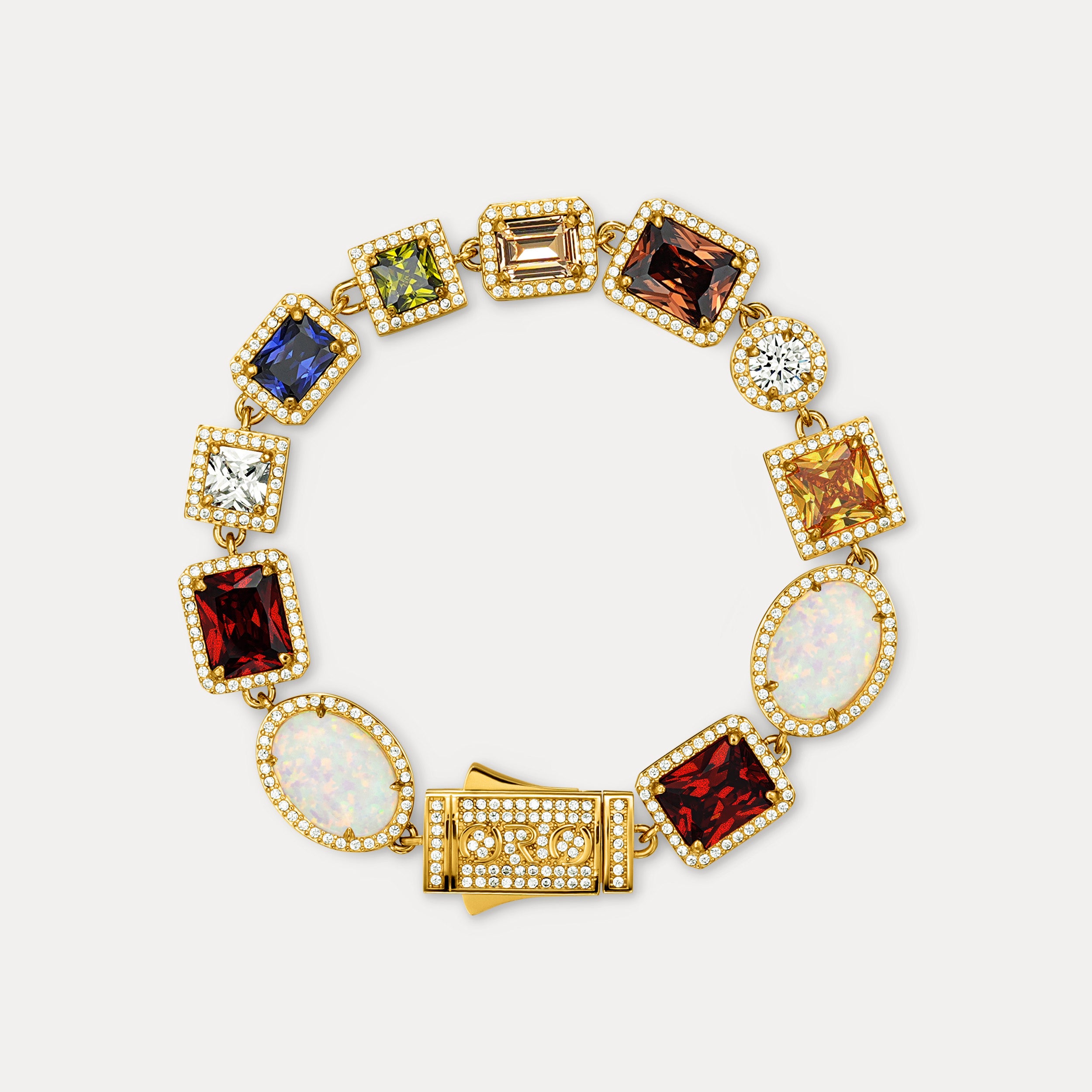

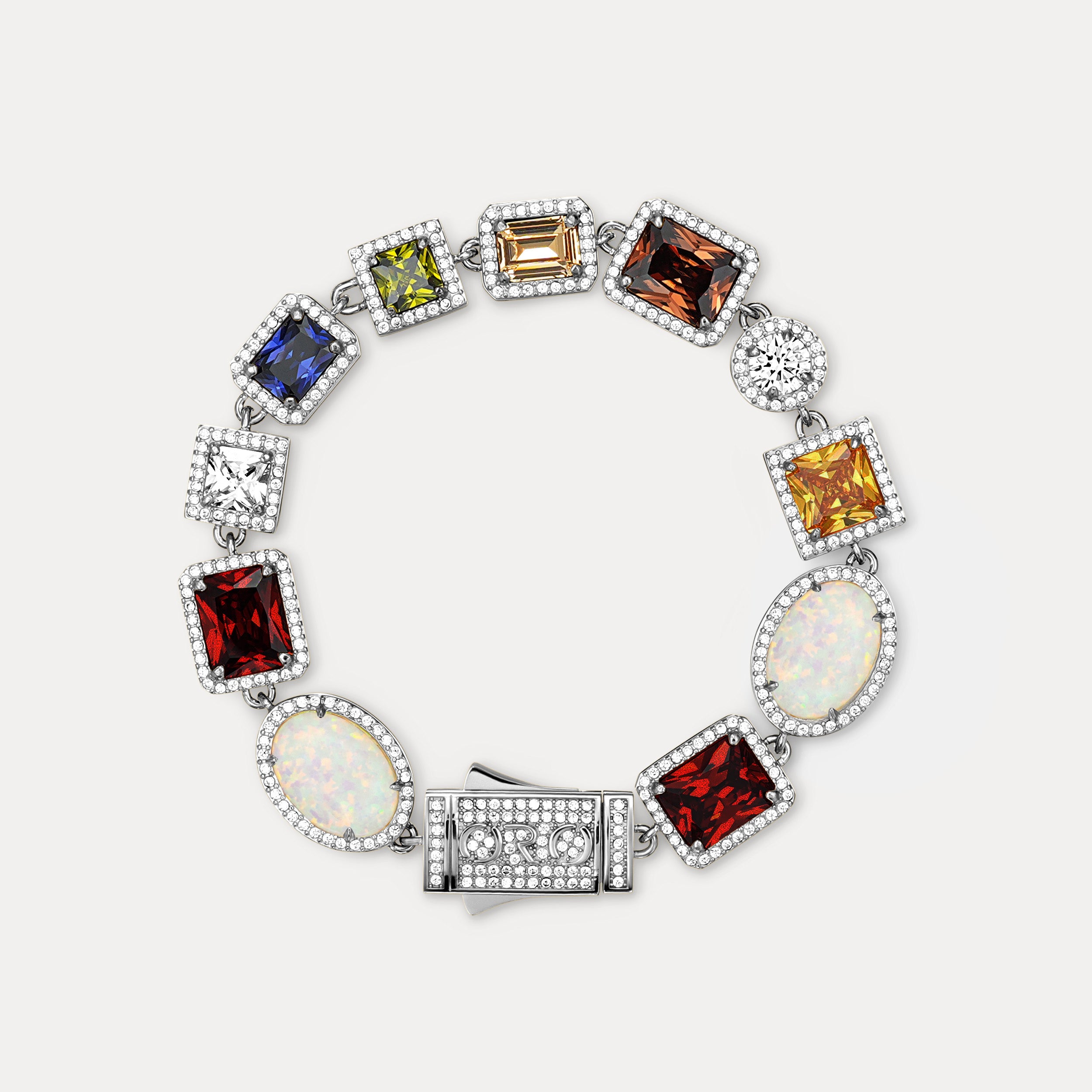
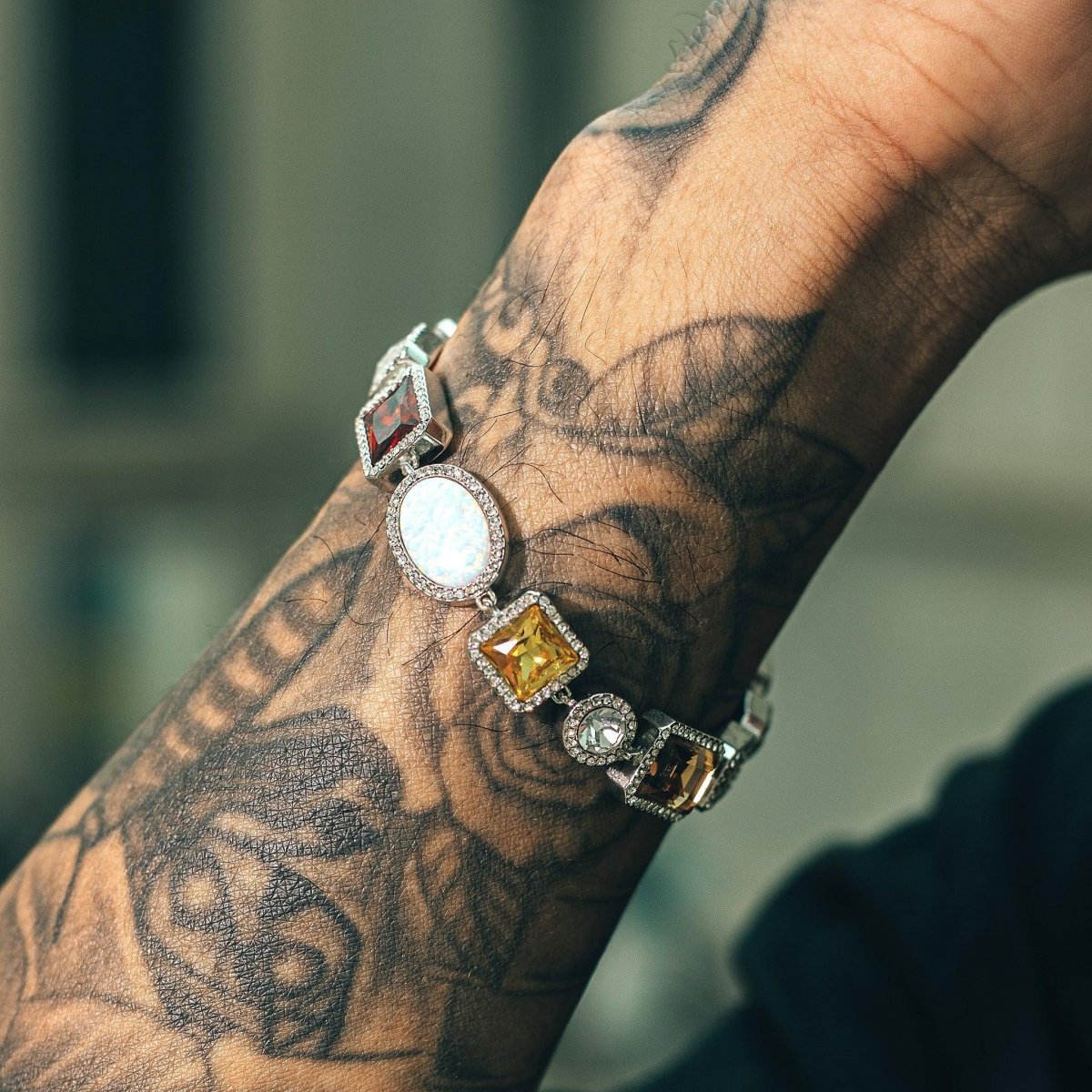
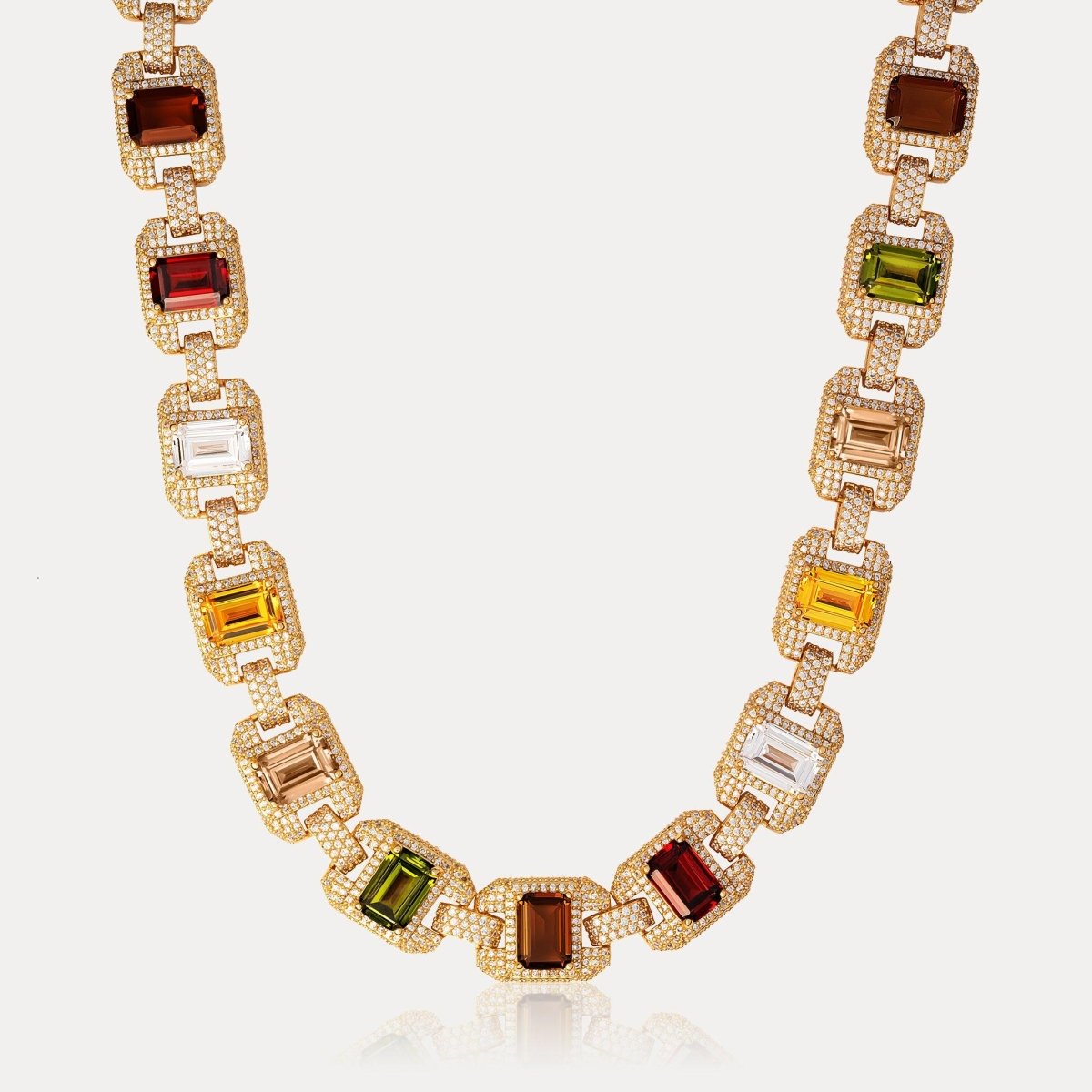



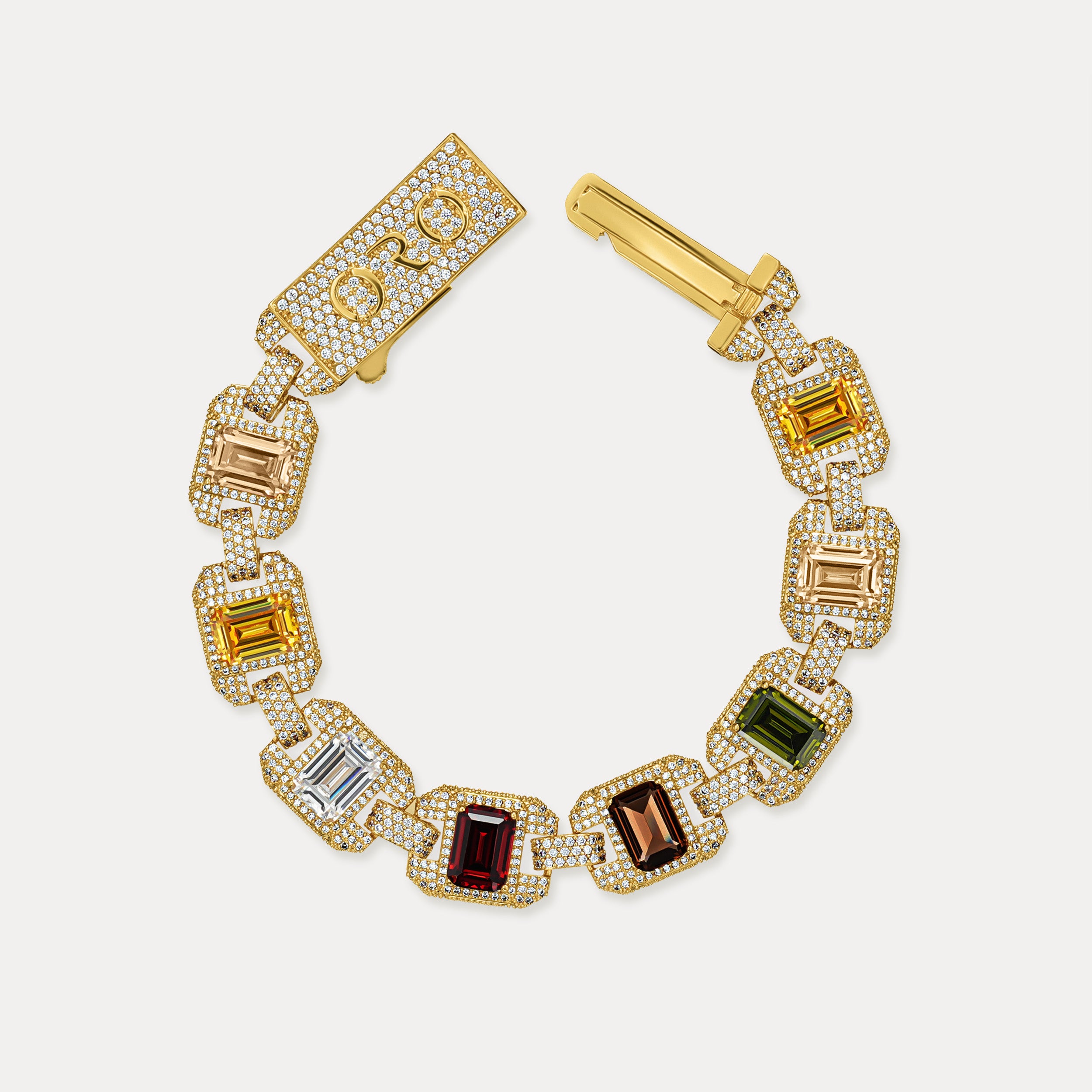

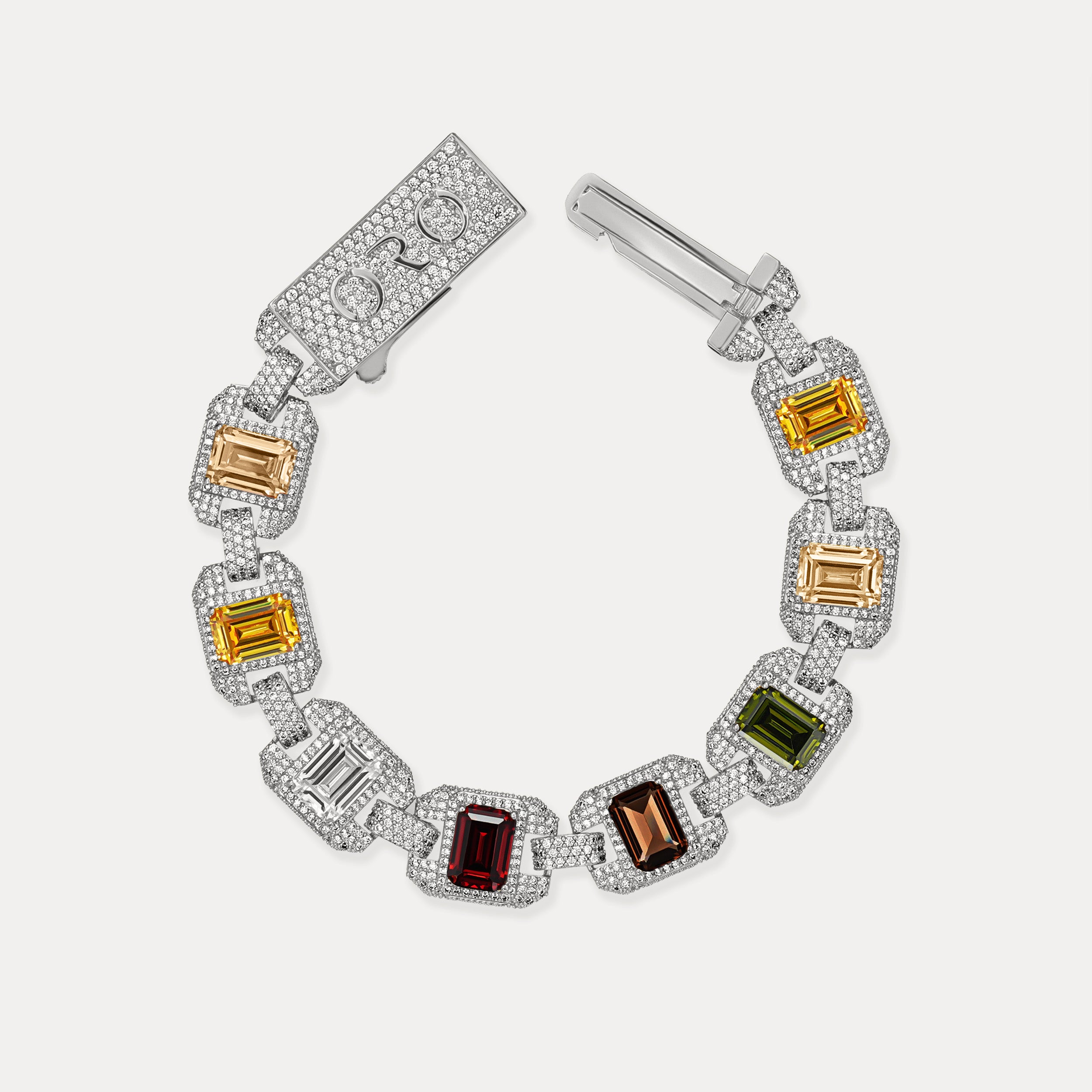

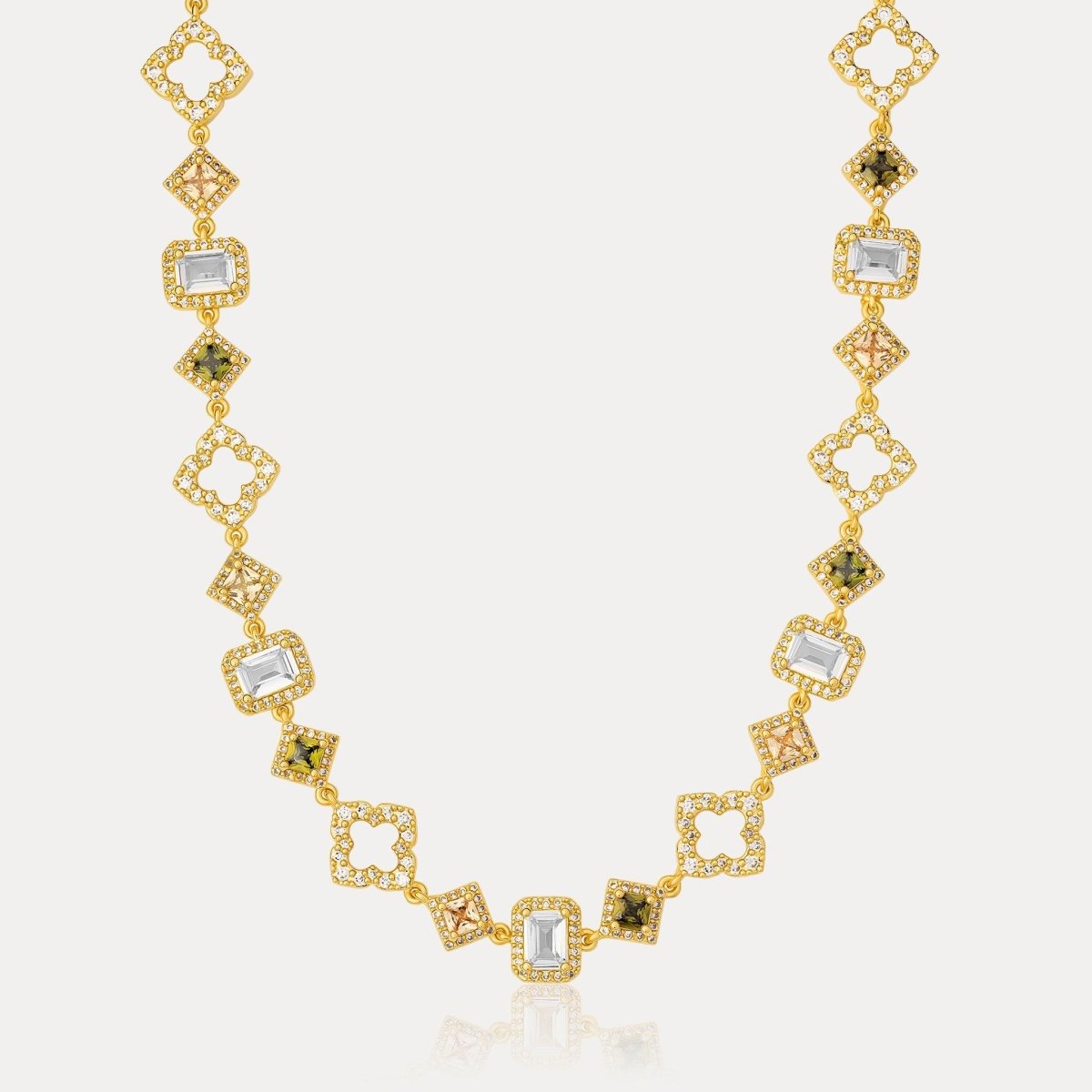

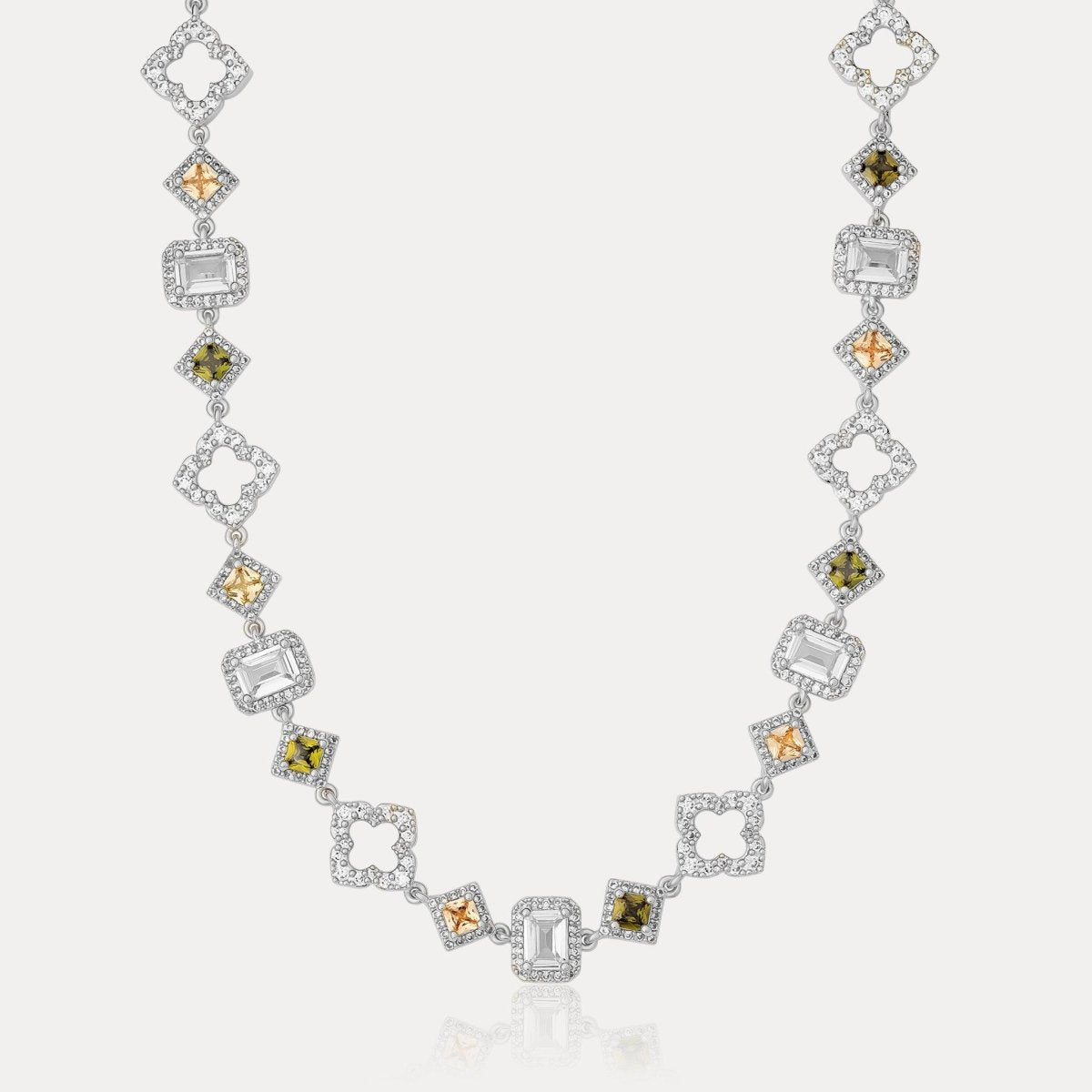




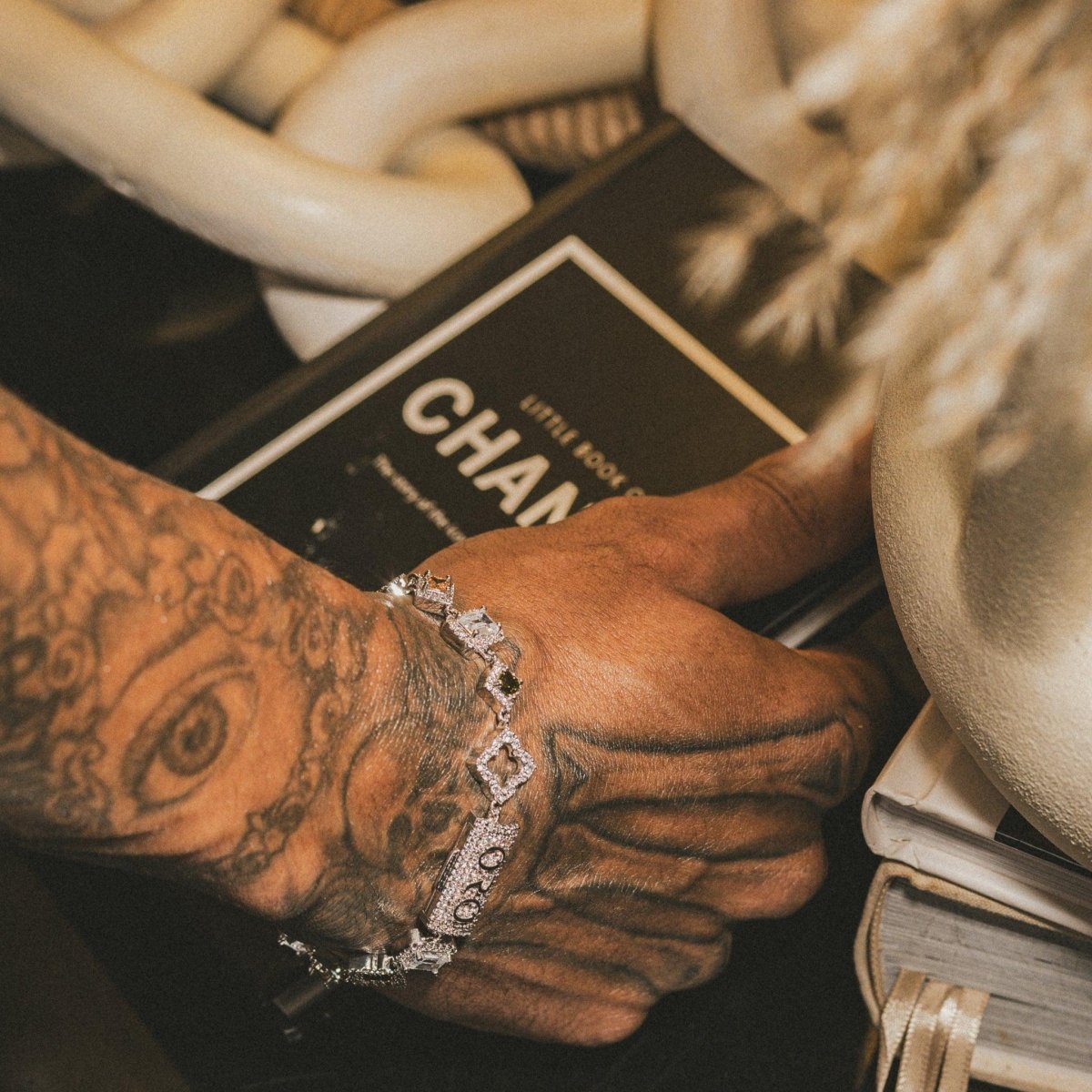
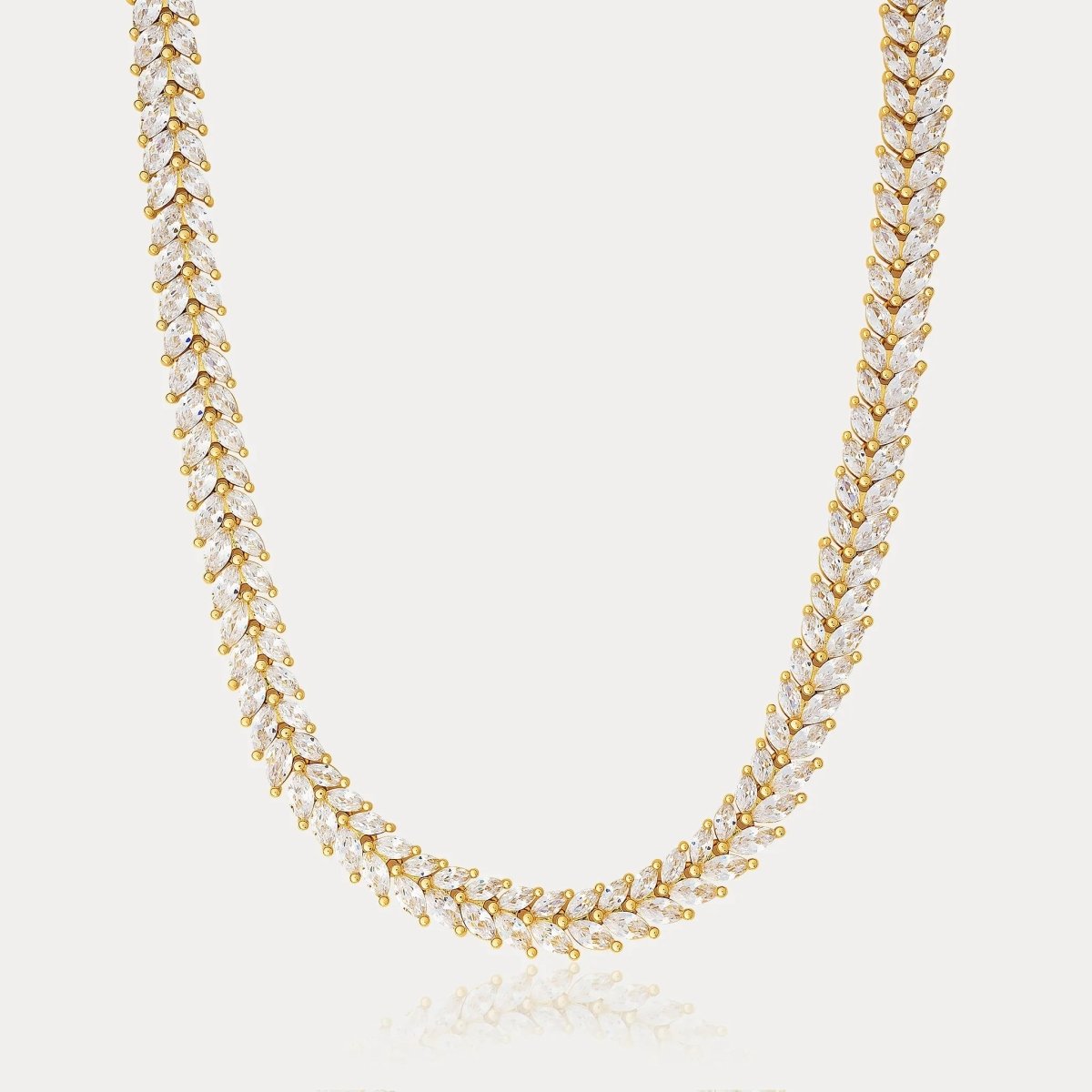
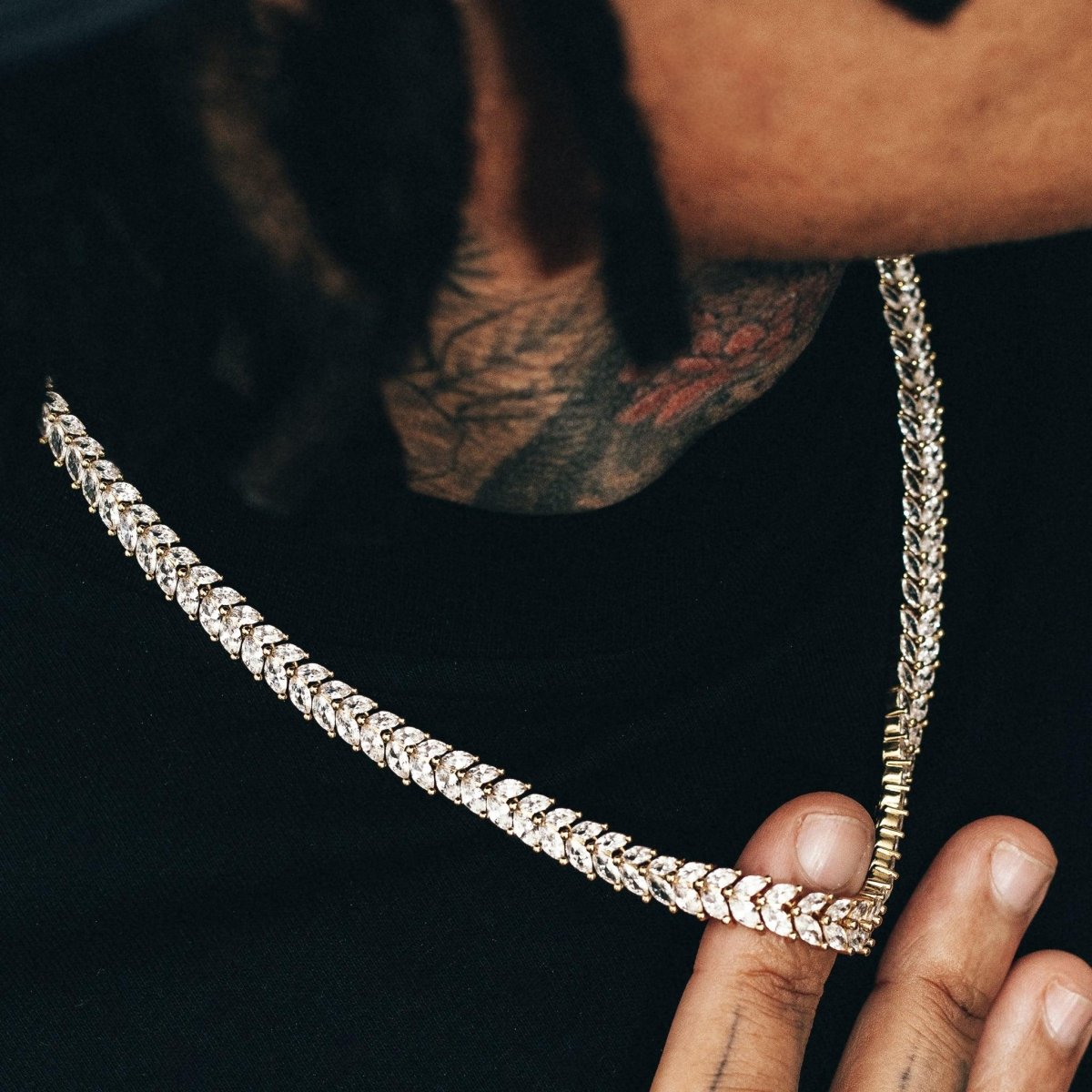
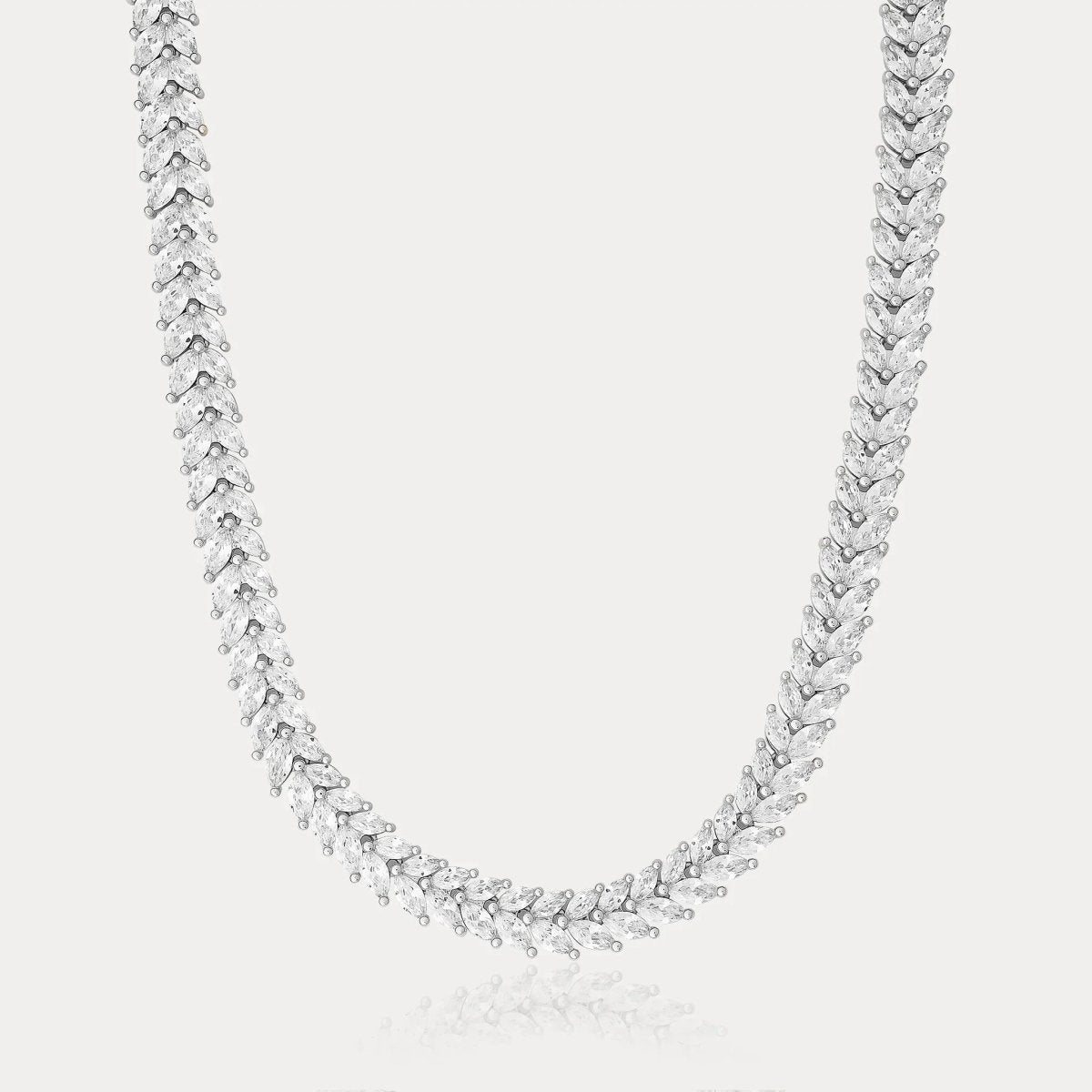

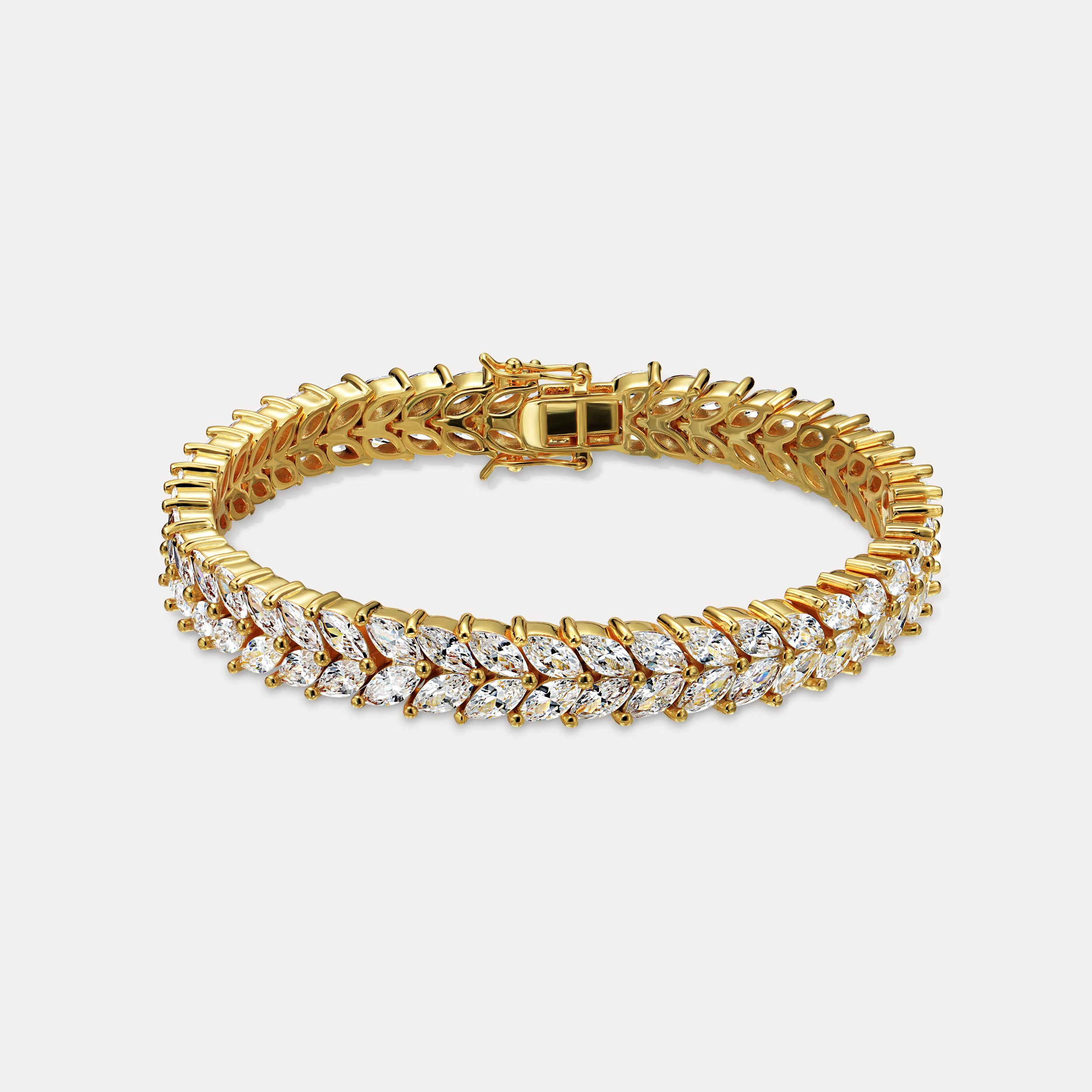

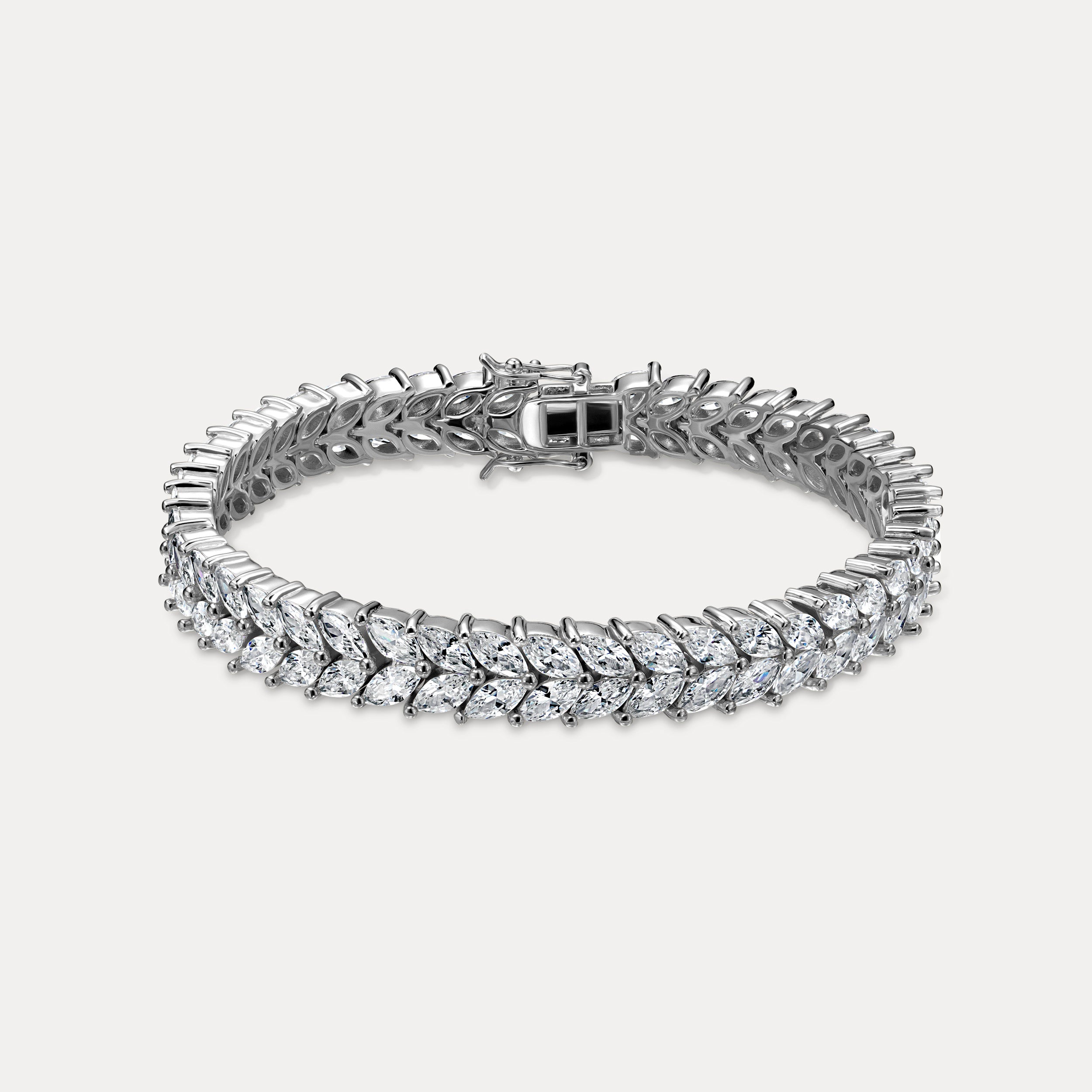

Leave a comment
This site is protected by hCaptcha and the hCaptcha Privacy Policy and Terms of Service apply.